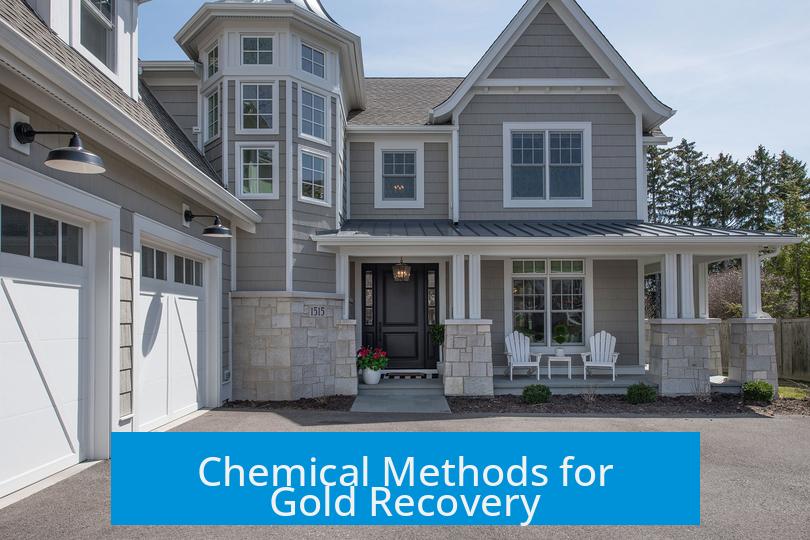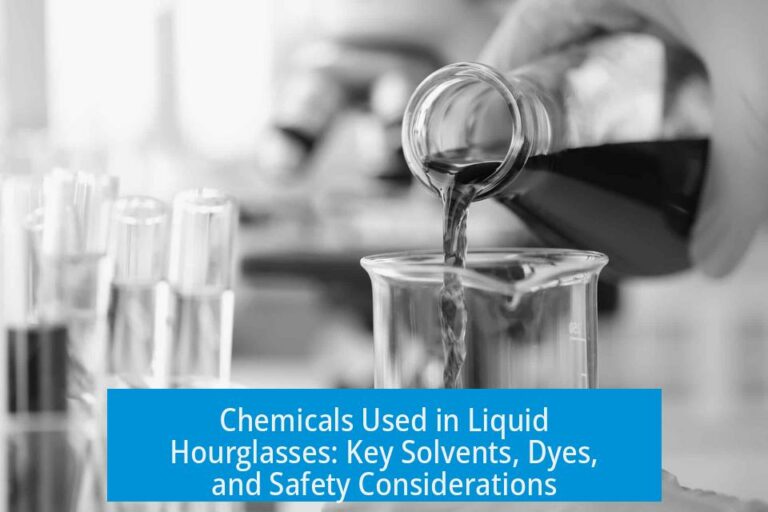How to Reclaim Gold Plating from Home

Reclaiming gold plating from metal pieces at home involves dissolving the base metal chemically while leaving the gold intact. The most common and effective method uses nitric acid or aqua regia to remove other metals and isolate the gold plating. This chemical separation is the foundation of home recovery techniques.
Chemical Methods for Gold Recovery

Using Nitric Acid Alone
Nitric acid (HNO3) dissolves many base metals but does not affect gold. Immersing gold-plated metal in nitric acid can dissolve the underlying metals and leave the gold intact as solid flakes or film.
- The metal substrate dissolves quickly in nitric acid.
- Gold remains undissolved due to its chemical inertness.
- The solid gold residue can then be filtered and collected.
This process works well when the substrate metal is reactive, such as copper or silver, but less well if the base is strongly resistant to nitric acid. Safety measures are critical when handling nitric acid.
Aqua Regia for Mixed Metals
Aqua regia is a mixture of hydrochloric acid (HCl) and nitric acid in a 3:1 ratio. It dissolves gold and many base metals simultaneously. The process requires filtering out solids afterward and precipitating gold chemically from solution. The steps include:
- Dissolve metal in aqua regia to form chloroauric acid.
- Filter to remove insoluble impurities.
- Precipitate gold using chemicals like sodium metabisulfite.
- Wash and refine the precipitated gold.
This method recovers gold as pure metal but involves handling multiple dangerous chemicals. It suits items with thick gold plating or mixed alloys but is labor-intensive and requires chemical knowledge.
Electrochemical Recovery
Reverse electroplating uses anodes and cathodes to remove metal layers electrically. The gold plating dissolves selectively into the electrolyte, eventually collecting as sludge or plating onto another surface. This process demands:
- Controlled current and voltage settings.
- An appropriate electrolyte solution.
- Equipment such as a power supply and electrodes.
It is less hazardous than strong acid use but requires technical setup. Popular demonstrations and tutorials exist, including videos by entities like Sreetips on YouTube.
Other Chemical Processes
Specialized methods include sulfur cell technology, which uses sulfur-based chemicals to strip gold selectively, leaving base metals untouched. Another emerging technique involves chemically generating gold oxide in solution, later reducing it back to metallic gold. These methods usually need advanced materials or are experimental in nature.
Practical and Economic Considerations
Is It Worth Recovering Gold from Plating?
Reclaiming gold plating from small quantities is typically not profitable. Thin layers often measure only nanometers to microns, resulting in just a few grams of gold even from hundreds of items. The costs for acids, chemicals, equipment, and energy usually exceed gold’s value.
- Materials like nitric acid and aqua regia are expensive and hazardous.
- Additional costs include lab equipment and safety gear.
- Time and labor add to the total expenditure.
Commercial operations recover plating economically due to scale and optimized processes. For home-scale recovery, one may gain practice or hobby interest rather than financial profit.
Safety Precautions
Handling strong acids demands strict safety measures. Recommended steps include:
- Working outdoors or under a fume hood for proper ventilation.
- Using personal protective equipment such as gloves, goggles, and acid-resistant clothing.
- Proper storage and neutralization of acids after use.
- Thorough knowledge of chemical handling and disposal regulations.
Neglecting safety can cause chemical burns, toxic fumes exposure, or environmental harm. Prior study and caution are essential.
Steps to Reclaim Gold Plating at Home
| Step | Action | Notes |
|---|---|---|
| 1 | Identify metal substrate | Check if base metal dissolves in nitric acid; non-reactive metals require aqua regia or alternative methods. |
| 2 | Prepare acid solution | Dilute nitric acid or mix aqua regia cautiously, outdoors or in fume hood. |
| 3 | Soak plated pieces | Allow base metals to dissolve, leaving gold residue. Duration varies with metal composition and thickness. |
| 4 | Filter solids | Separate the gold flakes or film using fine filtration materials. |
| 5 | Dry and melt gold | Use borax as flux and heat to consolidate gold flakes into a pellet. This requires a furnace or blowtorch setup. |
Resources for Visual and Procedural Guidance
Multiple video tutorials illustrate home gold recovery:
- YouTube Guide on Gold Recovery
- Sreetips channel demonstrates electrolysis and acid processes.
- NileRed’s channel offers chemical reaction videos including gold oxidation and recovery.
Summary of Key Points
- Nitric acid dissolves base metals but leaves gold intact, allowing physical separation.
- Aqua regia dissolves both gold and base metals; gold requires precipitation from solution afterward.
- Electrolysis provides an alternative but needs specialized equipment.
- Small-scale recovery is usually not economically viable due to material and safety costs.
- Strict safety precautions must be followed when handling acids and hot materials.
- Videos and tutorials can help newcomers understand and visualize the processes.





Leave a Comment